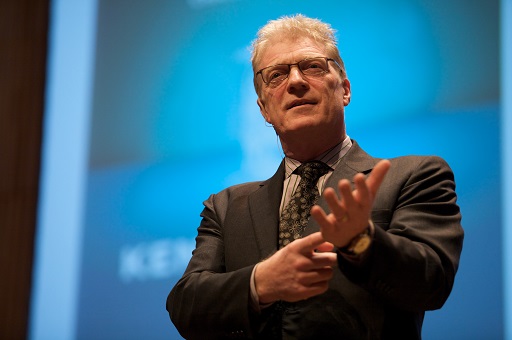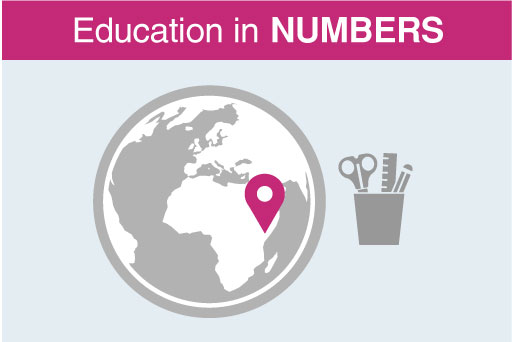1 Is education fit for purpose?
Current education systems have evolved in different contexts and from ideological positions which have shaped different systems. For example, recent changes have been made in Chile to support greater equity in education through moving away from the ultra neo-liberal agenda which had dominated for 30 years; the system in the UK grew out of increasing trade and industrialisation and the need for literate and numerate workers; Finland’s current system is the result of deliberate reforms introduced to move away from the influence of various historical influences and to aid economic recovery. Case studies of Finland and other countries are studied in more depth in the associated Open University masters module EE830 Learning and teaching: educating the next generation. If you are interested in signing up for this module, you can find more information at http://www.open.ac.uk/ postgraduate/ qualifications/ f70 [Tip: hold Ctrl and click a link to open it in a new tab. (Hide tip)] . If you have general enquiries about registering on the programme please email https://www.open.ac.uk/ contact or phone 0300 303 5303. If you have specific queries and would like to speak to a member of the academic team please email WELS-ECYS-Masters@open.ac.uk.
But are these current systems fit for purpose in a changing world? Many governments have attempted to reform education with changes to structures (types of schools), curriculum, and assessment; yet, overall, change is very slow and most children are still grouped according to age in classrooms of 30 or more pupils studying traditional subjects in ‘bite-sized’ chunks.
Activity 1 Education in numbers
Look at the statistics presented in this Education in numbers infographic, produced for this course by The Open University.
Think about:
- Which statistics surprise or shock you?
- What are the positive messages in these statistics?
- What do these statistics identify as challenges for education systems all over the world?
- What would be your priorities for change to education systems, based on your reaction to these statistics?
There is much to be positive about in the way education has developed but before we can decide if it is fit for purpose, it may be useful to explore what the purpose of education should be.
Activity 2 Purposes and challenges in today’s education
Part A
Watch the following Royal Society of Arts (RSA) Animate video Changing Education Paradigms (2010), which has been adapted from a talk given at the RSA by Sir Ken Robinson, an internationally acclaimed educationalist.

Transcript
Think about:
- What two primary purposes of education can you identify from the video?
- What three issues in education can you identify that you see as interesting or important?
- Do you agree with Sir Ken about the primary purposes and issues for education?
- Does he accurately portray the educational settings and processes you have experienced?
- What changes do you consider are needed in this education system?
Part B
Now follow the link to visit the working wall and post short descriptions of three aspects of the system that you know best which you think need to change. Don’t forget to add the country that you are talking about to your post. Search the wall and post your ideas with others that follow a similar theme. For further instructions on how to use the working wall, see our Using the working wall guidance.
Please note: we may wish to reuse your working wall contributions, anonymously, in future sessions of this course. If you wish to opt out of this, email WELS-ECYS-Masters@open.ac.uk.

